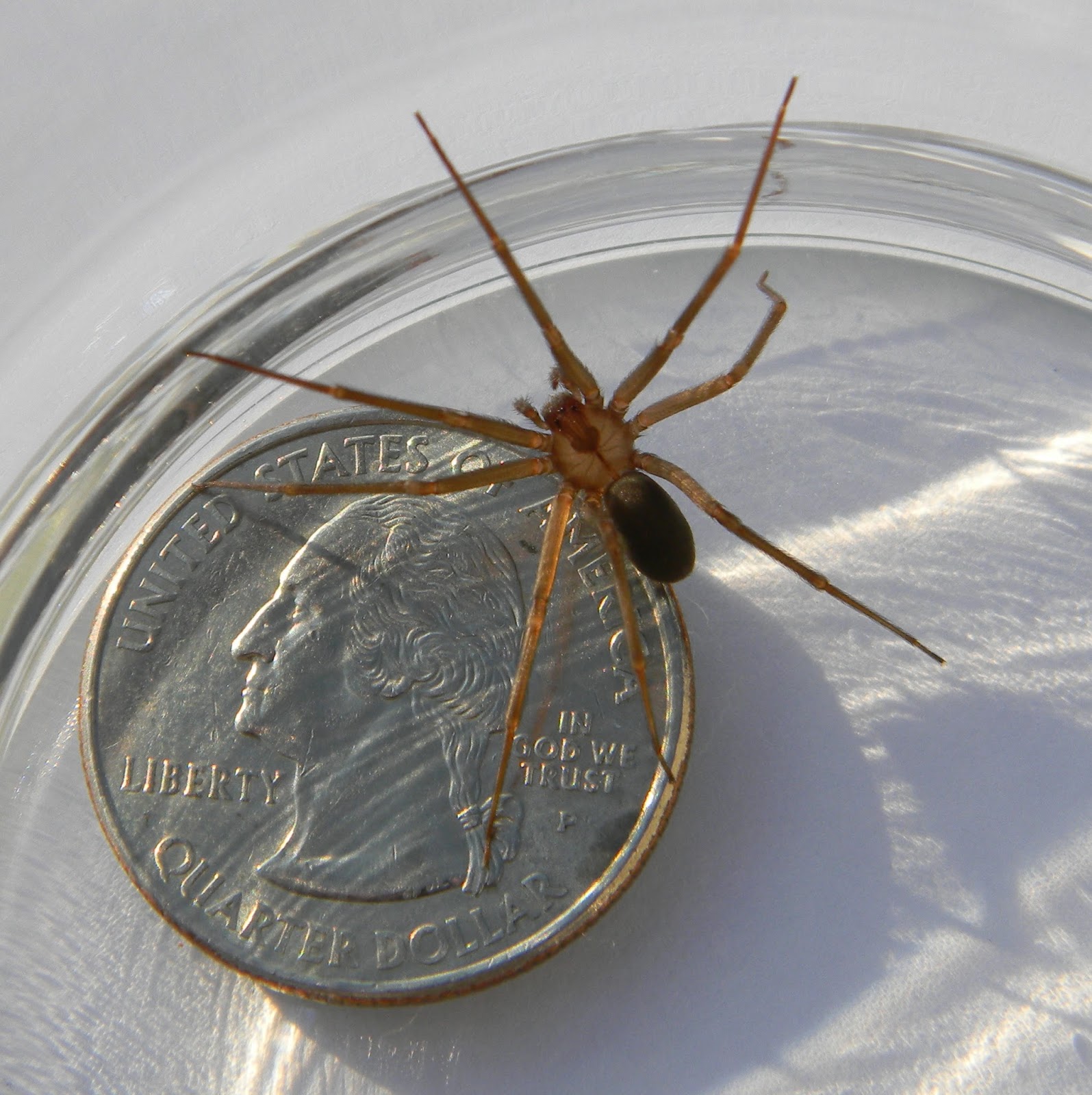When it comes to arachnids, the brown recluse spider often captures the imagination of those who stumble upon its presence, whether in nature or in their own homes. This intriguing creature, with its somewhat unassuming appearance, carries a reputation that can send chills down the spine of even the bravest of souls. A picture of a brown recluse spider can reveal much about this species, its habits, and the environments it inhabits, providing invaluable insight for those seeking to understand and coexist with these elusive beings.
The brown recluse spider, scientifically known as Loxosceles reclusa, is a species native to the central and southern United States. Its unique coloration and distinctive violin-shaped marking set it apart from other spiders, making it a subject of fascination for both researchers and amateur enthusiasts alike. Understanding the characteristics of this spider can help people identify it when they encounter one, preventing unnecessary fear and promoting safe practices in spider-related situations.
In this article, we will delve deeper into the world of the brown recluse spider, exploring its biology, behavior, and habitats. Additionally, we'll discuss safety measures, potential health risks associated with bites, and how to effectively identify this spider through a picture of a brown recluse spider. By the end of this exploration, you will have a comprehensive understanding of this often-misunderstood arachnid.
What Does a Brown Recluse Spider Look Like?
To identify a brown recluse spider, one must pay close attention to its physical features. Here are some key characteristics:
- Color: Ranges from light tan to dark brown.
- Size: Typically about 1/4 to 1/2 inch in body length, with a leg span of up to 2 inches.
- Eyes: Six eyes arranged in pairs, unlike most spiders which have eight.
- Markings: The distinctive violin-shaped marking on the back, which varies in color from light yellow to dark brown.
Where Does the Brown Recluse Spider Live?
The brown recluse spider is commonly found in the following environments:
- Dry, undisturbed areas such as attics, basements, and closets.
- Woodpiles, sheds, and garages.
- Underneath furniture or in dark corners of a room.
Why Is the Brown Recluse Spider Considered Dangerous?
The brown recluse spider is notorious for its venom, which can cause significant health issues in humans. Here’s why it is considered dangerous:
- Venomous bite: The bite can cause necrotic lesions, and in severe cases, systemic reactions may occur.
- Delayed symptoms: Reactions may not be immediate, leading to a false sense of security.
- Vulnerability: Children and individuals with compromised immune systems are at greater risk.
What Should You Do If Bitten by a Brown Recluse Spider?
In the event of a suspected brown recluse spider bite, it is important to take immediate action:
- Clean the bite area with soap and water.
- Apply a cool compress to reduce swelling.
- Seek medical attention, especially if symptoms worsen or if you experience severe pain or swelling.
How to Prevent Brown Recluse Spider Encounters?
Preventing encounters with brown recluse spiders involves a few proactive measures:
- Keep your living spaces clean and clutter-free to reduce hiding spots.
- Seal cracks and crevices in walls and windows to limit entry points.
- Avoid reaching into dark spaces without inspection, such as garages or attics.
Can a Brown Recluse Spider Be Beneficial?
While often viewed as a threat, the brown recluse spider does play a role in the ecosystem:
- They help control insect populations by preying on various pests.
- As a natural part of the food web, they contribute to the overall health of their environment.
What Can a Picture of a Brown Recluse Spider Teach Us?
A picture of a brown recluse spider serves as an important educational tool, allowing individuals to become familiar with its appearance. Recognizing its features can help in identifying this spider when encountered, enhancing awareness and promoting safety. Here are some insights to gain from such images:
- Visual identification of the violin marking.
- Comparison with other spider species to prevent misidentification.
- Understanding the size and coloration variations among individuals.
Conclusion: Embracing Knowledge About the Brown Recluse Spider
In summary, a picture of a brown recluse spider is not just a visual representation; it is a gateway to understanding the complexities of this fascinating yet potentially dangerous creature. By learning about its characteristics, habitats, and behaviors, we can foster a sense of respect and coexistence with these arachnids. Awareness and education are key to preventing unnecessary fear and ensuring safe interactions with the natural world around us.
Discovering The Culinary Delights Of Little Kabab Station Mt Kisco
Unveiling The Allure Of Bill Kaulitz's Eyes
Discover The Unmatched Bliss Of Head Spa Utah: Your Ultimate Relaxation Destination


